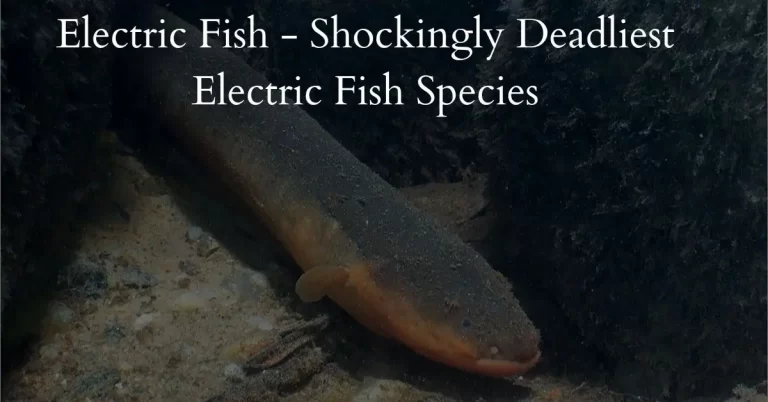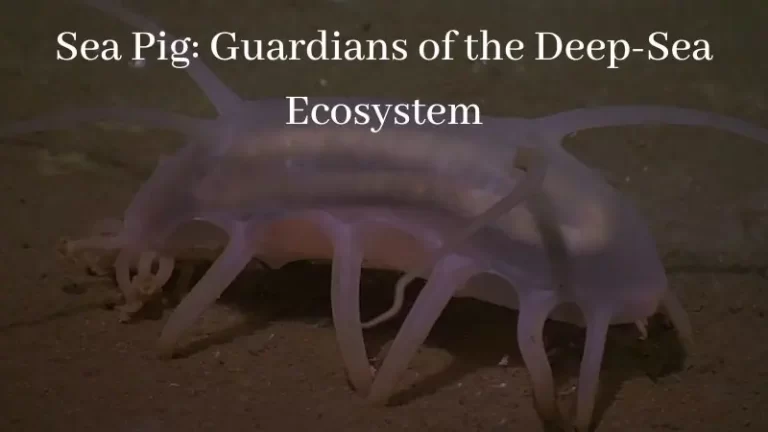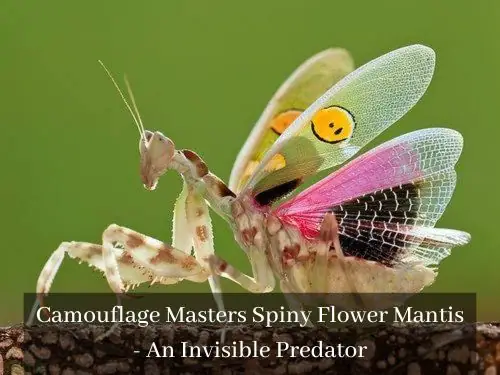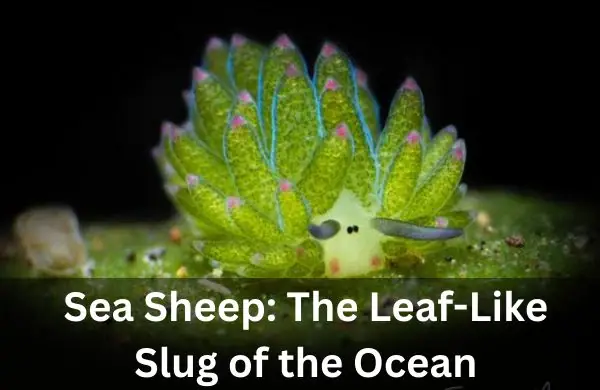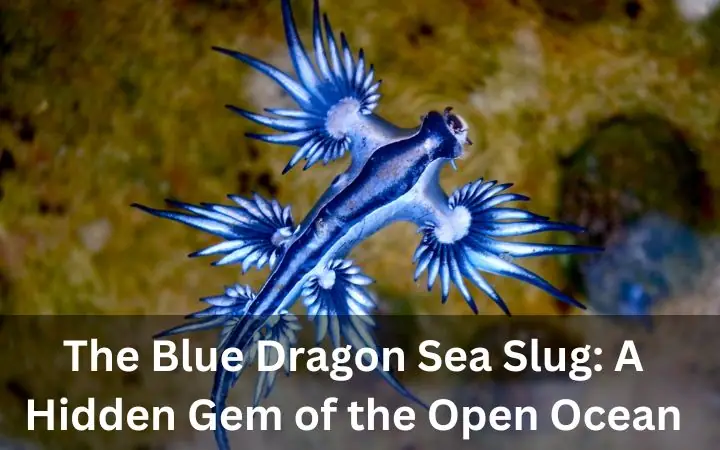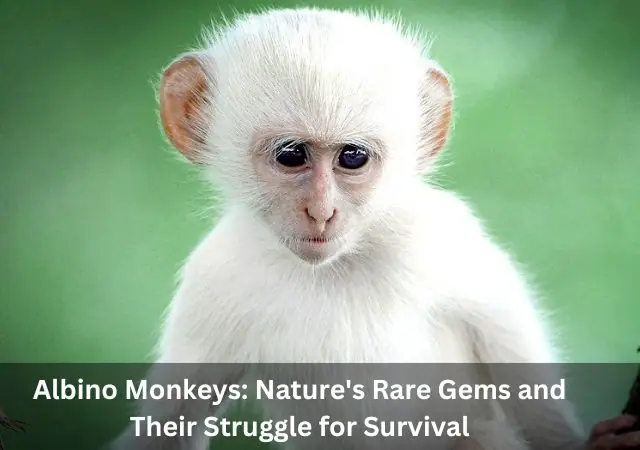Sea Butterflies: Discovering the Delicate Wonders of the Ocean

Sea butterflies, also known as pteropods, are fascinating creatures that inhabit the world’s oceans. Despite their delicate appearance, these small marine snails play a significant role in marine ecosystems. In this blog post, we will delve into the intriguing world of sea butterflies, exploring their physical characteristics, habitat, life cycle, feeding behavior, ecological role, and conservation status.
All about “Sea Butterflies”
Physical Characteristics
Sea butterflies possess distinct physical characteristics that make them truly captivating creatures. Let’s take a closer look at their unique features:
1. Shell-less Body Structure: Unlike most snails, sea butterflies lack a traditional shell. Instead, they have a delicate gelatinous wing-like structure called a “pseudoconch.” This translucent or slightly opaque structure provides some protection to their internal organs while allowing them to remain lightweight and agile in the water.
2. Size and Shape Variation: Sea butterflies exhibit a wide range of sizes and shapes among different species. Some species are as small as a few millimeters, while others can reach up to several centimeters in length. Their body shape can vary from elongated and slender to more compact and rounded, depending on the species.
3. Color Patterns and Camouflage: The sea butterfly displays a remarkable array of colors and patterns. Some species are transparent or pale, making them almost invisible in the water. This camouflage helps them avoid predators and blend into their surroundings. Other species exhibit vibrant colors, such as pink, blue, or purple, adorned with intricate patterns, which may serve as warning signals or attract mates.
4. Swimming Appendages: The ocean butterflies have evolved specialized appendages called “parapodia” or “pteropodial wings” that enable them to swim gracefully through the water. These wing-like structures extend from their body and undulate in a rhythmic motion, propelling them forward. The movement of these appendages resembles the graceful flapping of butterfly wings, hence their common name, sea butterflies.
Overall, these creatures are similar to sea angels and showcase a stunning combination of delicate beauty, adaptability, and intricate designs, making them a remarkable sight in the marine realm. In the next section, we will explore their preferred habitats and distribution.
.
Behavior and Diet
Sea butterflies exhibit interesting behaviors and have unique dietary preferences. Let’s explore their behavior and diet in more detail:
1. Swimming Behavior: Sea butterflies are known for their graceful swimming movements. They use their wing-like structures called parapodia to propel themselves through the water column. By flapping their parapodia, they create a wing-beat motion similar to that of a butterfly, allowing them to swim and navigate their surroundings.
2. Vertical Migration: Many species of sea butterflies display vertical migration, a behavior where they move between different depths of the ocean. They tend to migrate to surface waters during the night to feed on phytoplankton that accumulates near the surface due to photosynthesis. As daylight approaches, they descend to greater depths, possibly to avoid predation or find optimal temperature and food conditions.
3. Feeding Behavior: Sea butterflies are primarily herbivorous, feeding on microscopic plankton. Their diet mainly consists of phytoplankton, including diatoms, dinoflagellates, and other small algae. They use their specialized feeding structures, such as tentacles and mucus nets, to capture and consume their food. The mucus nets act as a sieve, filtering out the tiny organisms from the surrounding water.
4. Calcium Carbonate Shells: These creatures have delicate shells made of calcium carbonate. These shells provide protection and serve as a buoyancy aid, allowing them to float in the water column. However, their shells also make them vulnerable to ocean acidification, as increased carbon dioxide levels in the water can dissolve their shells and negatively impact their survival.
5. Sensory Perception: Sea butterflies possess sensory organs that help them detect their surroundings. They have small eyes, although their vision capabilities are limited. They rely more on chemical cues and water vibrations to navigate their environment and locate food sources.
6. Predation: These creatures are an essential part of the ocean food web. They serve as prey for various organisms, including larger zooplankton, fish, seabirds, and marine mammals. Their abundance and distribution can influence the populations of their predators and, in turn, impact the overall ecosystem dynamics.
It’s crucial to remember that different marine butterfly species may display differences in behavior and feed depending on their unique biological niche and environmental circumstances. Sea butterflies’ behavior, distribution, and survival may also be significantly impacted by continuing changes in the marine environment, such as ocean warming and acidification.
.
Habitat and Distribution
Sea butterflies are characterized by their delicate and often transparent shells, which resemble butterfly wings, and their unique swimming abilities. Here is some information about the habitat and distribution of these creatures:
Habitat
Sea butterflies may be found in both warm and cold seas in open ocean habitats. Although certain species may also be found at deeper depths, they are generally pelagic and dwell in the top layers of the water column. These creatures are especially prevalent when the water contains a lot of calcium carbonate because they use it to make their shells.
Distribution
Sea butterflies have a global distribution and can be found in all major oceans, from the Arctic to the Antarctic. Their diversity is greatest in tropical and temperate areas, where they frequently make up a sizable portion of the zooplankton community. Some species have adapted to specific habitats, such as polar waters or upwelling zones.
Oceans with tropical and subtropical climates, such as the Indian Ocean, the Pacific Islands, and the Caribbean Sea, are home to sea butterflies. They are more diverse in these warm waters, where they contribute to the overall biodiversity of marine ecosystems.
Specifically, sea butterflies can be found in the following regions:
- Arctic Ocean: Sea butterflies are present in the Arctic, where they inhabit both the surface waters and deeper regions. They play an essential role in the food web of this region.
- North Atlantic and North Pacific Oceans: Sea butterflies are widespread in the North Atlantic and North Pacific Oceans, especially in areas with high productivity, such as the coastal upwelling zones.
- Southern Ocean: Sea butterflies are abundant in the Southern Ocean surrounding Antarctica. They are an important part of the zooplankton ecosystem and a source of food for many marine animals, such as whales and seabirds.
.
Life Cycle and Reproduction
Sea butterflies are a group of small, free-swimming marine gastropods. They belong to the order Thecosomata, which includes various species found in oceans worldwide. The life cycle and reproduction of these creatures are fascinating processes. Let’s explore them in more detail:
1. Larval Stage: Sea butterflies start their life cycle as tiny, planktonic larvae known as veligers. These veligers hatch from eggs laid by adult sea butterflies. They have a small shells and develop specialized cilia for swimming and feeding. During this stage, they float in the water column, often as part of the planktonic community.
2. Juvenile Stage: As the veligers grow and develop, they undergo a metamorphosis into juvenile sea butterflies. The juveniles have well-formed shell and resemble miniature versions of the adult sea butterflies. They continue to swim in the water column, feeding on phytoplankton and other small organisms.
3. Adult Stage: Once the juveniles reach maturity, they become adult sea butterflies. At this stage, they possess a unique body structure characterized by a soft, gelatinous, wing-like structure called parapodia, which gives them their name. These parapodia enable sea butterflies to swim by flapping their wings in a manner similar to the motion of a butterfly. They have a prominent foot and a delicate shell that protects their internal organs.
Reproduction
Reproduction in sea butterfly can occur in various ways depending on the species, but most commonly, it involves sexual reproduction. Here’s an overview of the typical reproductive process:
1. Courtship: Adult sea butterflies engage in courtship behaviors to attract a mate. These behaviors can include swimming displays, releasing chemical signals, or exchanging tactile cues.
2. Mating: Once a mate is selected, these creatures align their bodies in a specific orientation for mating. In some species, they may engage in prolonged copulation, while in others, sperm transfer may be relatively quick.
3. Fertilization: After mating, the female sea butterfly stores the received sperm in a specialized organ called the seminal receptacle. Fertilization occurs internally when the female releases her eggs and combines them with the stored sperm. This process ensures that the eggs are fertilized.
4. Egg Development: Once fertilization takes place, the female sea butterfly releases fertilized eggs into the water. These eggs are small and develop protective jelly-like coatings. They are left to float freely in the ocean’s currents.
5. Larval Development: The fertilized eggs hatch into veliger larvae, marking the beginning of a new generation. The larvae spend varying amounts of time in the planktonic stage, feeding and growing until they undergo metamorphosis into juvenile sea butterflies.
It’s important to note that some species of sea butterflies may exhibit variations in their life cycle and reproductive strategies. Adaptations to specific environments and ecological factors can lead to diverse reproductive behaviors and life history patterns among different pteropod species.
.

Facts About Sea Butterfly
- Sea butterflies are a diverse group of marine gastropods, with over 1000 known species.
- Unlike most snails, sea butterflies have a shell-less body structure.
- Sea butterflies play a crucial role in marine food webs.
- Sea butterflies contribute to the carbon cycle in the ocean.
- Sea butterflies are highly sensitive to ocean acidification, a consequence of increased carbon dioxide absorption by seawater.
- The well-being of sea butterflies is closely tied to the health of marine ecosystems.
.
Ecological Role and Interactions
Sea butterflies play an important ecological role in marine ecosystems. They contribute to the food chain as a food source for various organisms, including larger predators.
Additionally, they are involved in the carbon cycle, as they incorporate carbon into their shells and help transport it to the deep ocean. However, they are also affected by ocean acidification, which can impact their survival and have cascading effects on marine food webs.
.
Threats and Conservation Status
Sea butterflies face several threats in their habitats. Pollution, climate change, ocean acidification, and overfishing can all negatively impact their populations. Efforts are being made to conserve and protect these delicate creatures, including measures to reduce carbon emissions, mitigate pollution, and establish marine protected areas.
.
Conclusion
Sea butterflies are captivating and vital components of marine ecosystems. Their unique physical characteristics, habitat preferences, life cycle, feeding behavior, and ecological role make them worth studying and appreciating. It is crucial to raise awareness about their conservation needs and work towards protecting their fragile habitats for the benefit of both sea butterflies and the overall health of our oceans.
FAQs:
How long do sea butterflies live?
Sea butterflies have relatively short lifespans. The average lifespan of marine butterfly species is around a year, while some can live for several months or even only a few weeks. Their longevity is affected by a number of variables, including the environment and the availability of food.
Why is this marine snail called a sea butterfly?
The marine snail known as a sea butterfly is called so due to its appearance and unique swimming behavior. Sea butterflies belong to the pteropod group, and their shell is shaped like delicate, wing-like structures that resemble the wings of a butterfly. Additionally, these snails swim through the water column using two modified appendages, resembling fluttering butterfly wings, which further contributes to their name.
Can you have a sea butterfly as a pet?
Sea butterflies are delicate marine organisms that are best suited for their natural habitat in the ocean. They have specific requirements for water quality, temperature, and food sources that can be challenging to replicate in a home aquarium. Additionally, their small size and fragile nature make them unsuitable as pets.
Are sea butterflies dangerous?
Sea butterflies are not dangerous to humans. They are small, delicate marine organisms that primarily feed on microscopic plants and other small planktonic organisms. They do not possess any venomous or harmful mechanisms that could pose a threat to humans.
Read Also:
- Blanket Octopus: Nature’s Hidden Wonder
- Top 10 Cutest Octopus Species
- Sea Bunnies Most Adorable Ocean Creatures

